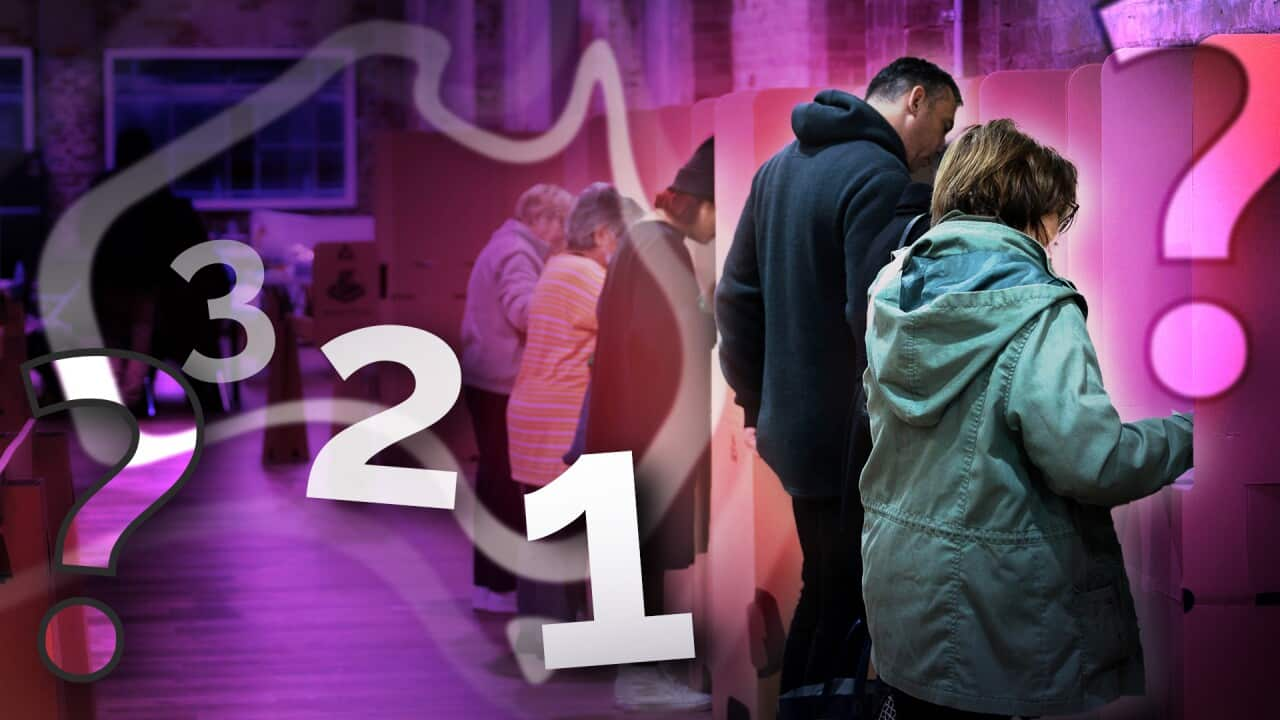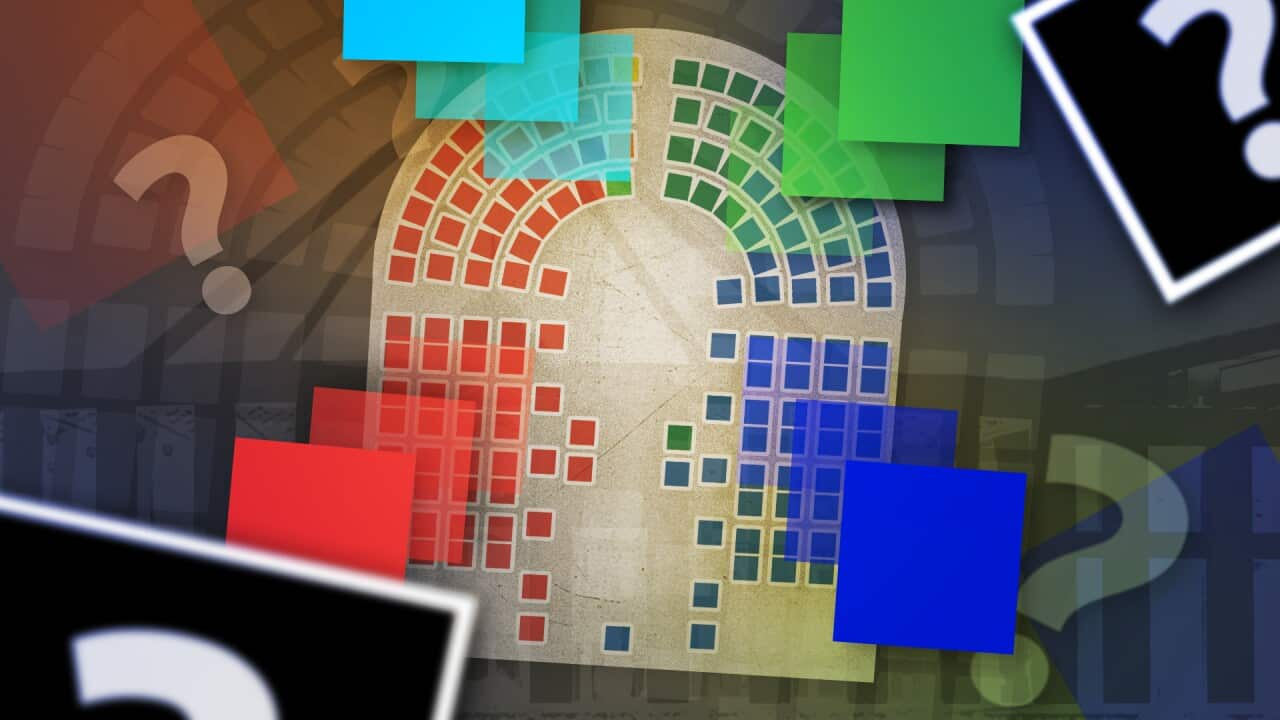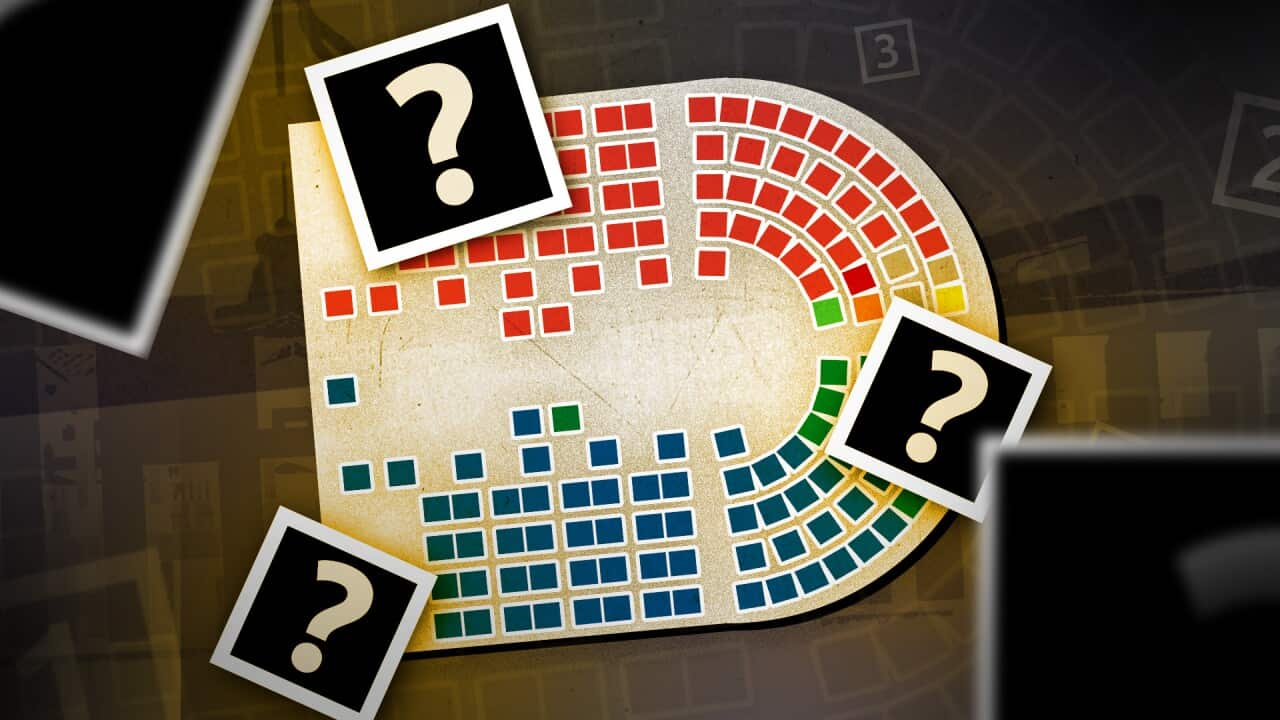The 2022 federal election campaign is over and the Australian Electoral Commission (AEC) is set to begin the process of counting millions of votes.
So how does the vote count work and when will there be a winner?
Australia's manual system of federal elections has one of the most complex and time-consuming counting operations in the world, it says.
And while it can at times require patience, the counting process "delivers integrity" to the results and ensures "accuracy in a highly transparent manner".
Here are all your questions answered.
When do polls close on election day and when does vote counting begin?
Election day is this Saturday 21 May. Polling will take place in all designated polling places from 8am until 6pm.
Polls close at 6pm sharp, however, any voters in the queue at the time are still able to cast their vote.
Counting of ordinary votes begins in each polling place immediately afterwards, along with the counting of House of Representative ordinary votes taken at pre-poll voting centres.
How does it work?
The AEC views election night as the "halfway mark" of the federal election, that will see approximately 20-25 million ballot papers counted in what's called an indicative count.
The House of Representatives count
There are 151 House of Representatives seats and a significant proportion of ballots for each seat will be counted on election night.
AEC polling officials will begin by opening and emptying ballot boxes and unfolding ballot papers. All of the number "1" (first preference) votes are placed into separate piles for each candidate and counted.
This also happens at central AEC counting centres where a significant proportion of early votes will also be counted on election night.
Staff will then conduct a two-candidate-preferred (TCP) count.
"This involves the distribution of every formal ballot paper to one of the two candidates (whoever has the higher preference) predicted to be the leading candidates in the contest," the AEC says.
"The TCP count is a mandatory requirement and is conducted to give an early indication of who is most likely to win each seat, as this is not always clear from first preferences."
The Senate count
This is among the world's most complex upper house counts, according to the AEC, and involves several security measures and checks.
Following the House of Representatives count, polling officials sort ballot papers into first preferences for each party/group, regardless of whether the number 1 is in the group's above-the-line box or within a candidate's below-the-line box. Separate piles are created for first preferences allocated to each ungrouped candidate.
After election night, Senate ballot papers are packaged and delivered to central AEC counting centres where first preferences are re-counted. They are then re-packaged and sent to the Central Senate Scrutiny (CSS) site in each state and territory.
When will we know who wins?
It is possible we will not know the result — which party will form government — on Saturday. And while Australians are used to having a result on election night, this won't be coming from the AEC.
"The AEC never has and probably never will declare a result on election night," AEC media spokesperson Evan Ekin-Smyth says in a video on its website.
"We’re providing an indicative count for people, media commentators, electoral analysts — indeed the parties and candidates themselves — to form an opinion about which way the results might be going."
Instead, he said we'll see media commentators or candidates themselves announcing that they believe they will claim victory. But that's not a legal result by the AEC just yet.
"We do have to undertake fresh scrutiny and we also have to make sure absolutely that the margin in the count is larger than the potential amount of votes that are left to receive," he says.
"That’s our declaration test — the mathematical impossibility we have to meet before we can declare a seat. That doesn’t happen on election night. In fact, it won’t happen the day after either. It typically happens in the days and weeks post election."
What happens after election night? What about Sunday?
Sunday is typically a day when people will question why there's little movement in some of the closer counts from election night.
Mr Ekin-Smyth says there's a lot of activity on Sunday, but not often a lot of movement in the tally room.
"A lot of it is just organisation of ballot papers readying them to be counted as swiftly as we can, moving through that first week," he says.
So what happens after election night? The AEC is busy with packaging, transport and enrolment verification of ballot papers cast away from home, along with the delivery, receipt and enrolment of postal votes.
As of Friday, the AEC has received 2.73 million postal vote applications and more than 25,000 people have voted with a mobile voting team. More than 4.6 million Australians have voted at early voting centres, meaning a combined 7.35 million people have accessed voting services ahead of election day.
Postal votes must be received by the AEC by Friday 3 June to be included in the vote.
A mandatory secondary count is undertaken, along with full distribution of preferences for all House of Representative ballot papers, and scanning, data entry and human verification of Senate preferences.
The AEC says it's guided by the principle of "right, not rushed".
How does the AEC ensure the integrity of vote counting?
The AEC says the election night count is fully open to party-appointed scrutineers, as with all stages of the counting process. All results are published on its tally room in real time.
Then, there are additional layers of scrutiny through its mandatory secondary count, verification and security checks.
How many seats does a party or coalition need to win to form government?
With 151 seats up for grabs in the House of Representatives, a party or a coalition of parties needs to gain 76 of them in this chamber or face a hung parliament.
This means Labor would need a net gain of seven seats as the Coalition seeks to retain or increase its own haul at the upcoming poll.













